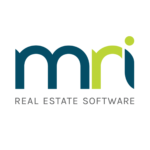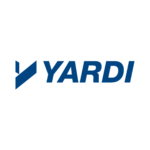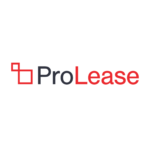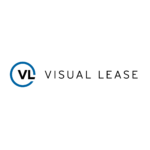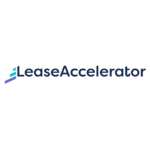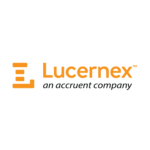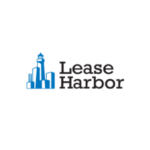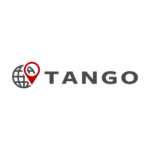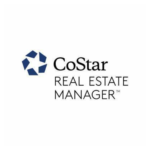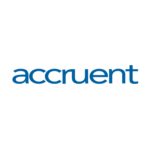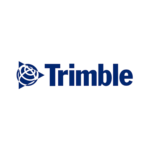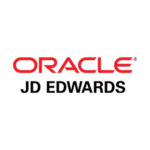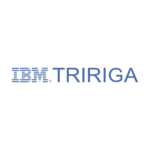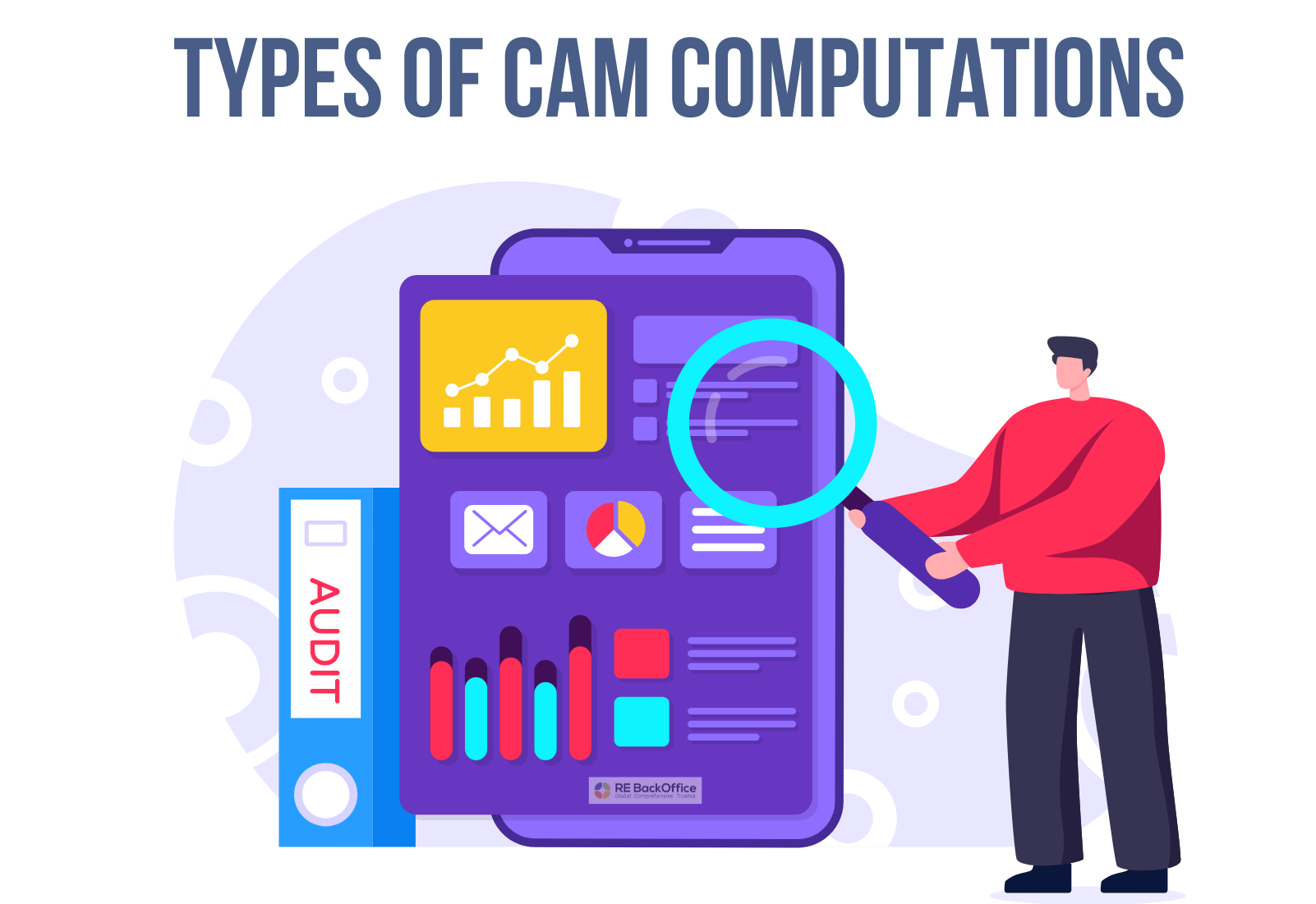Lease abstraction is one of the core administrative tasks in CRE. However, the manual process of analyzing, abstracting, and storing critical lease data makes it a very time and resource consuming activity. This is where AI can help companies save valuable time and money. AI-enabled lease abstraction automation software scans through the entire lease document, including the addendums, letters, and notices, and extracts the relevant data points. Rent roll information and important dates are abstracted quickly. This process would otherwise take considerable time and a high level of accuracy when abstracted manually. Once this is complete, the information is then ready for auditing.
In this blog, we will address some common questions companies have regarding the lease abstraction automation software.
We have a large portfolio of leases. Can we upload and abstract bulk leases?
The tool is capable of bulk upload and abstraction of large volumes of leases.
What is the accuracy of the abstracted lease data?
The accuracy rate is as good as a manual abstraction, if not better. The lease abstraction automation tool is programmed to comb through the entire lease document ensuring key data is not left out or lost. This process remains uncompromised throughout the lease abstraction cycle.
Can we review the lease data extracted before exporting it?
Absolutely. The software displays all the lease data points extracted along with the section reference. This provides the required flexibility to review and make edits. The software displays the entire lease data extracted, including their section reference. This provides the required flexibility to review and make edits.
Do we have to manually upload every lease document in the software?
Not at all. Lease documents are stored in a centralized folder, and the path to the folder is entered into the software. Technology does the rest.
Is there a limit to the number of leases we can abstract?
No. The software has no limit on the number of leases it can abstract.
In which format can we export the data?
The abstracted data can be exported in Excel, PDF or Word format.
Can we integrate the lease abstraction automation tool with our existing lease administration platform?
Yes. The lease abstraction software can be integrated with any lease administration platform so that the time spent on transferring the abstracted lease data to a centralized system is cut down.
Rebolease.com, powered by RE BackOffice, Inc., is a premier provider of lease abstraction, administration, audit and accounting services. Headquartered in Pittsburgh, PA, we are a global boutique firm, providing high-quality services to top-tier clients across industry verticals, covering every type of lease and on any lease platform. We are proud to be a trusted partner, for 15+ years, to leading retailers, REITs, property owners/managers, and corporate accounts seeking a strategic advantage. All client projects are performed in-house.



